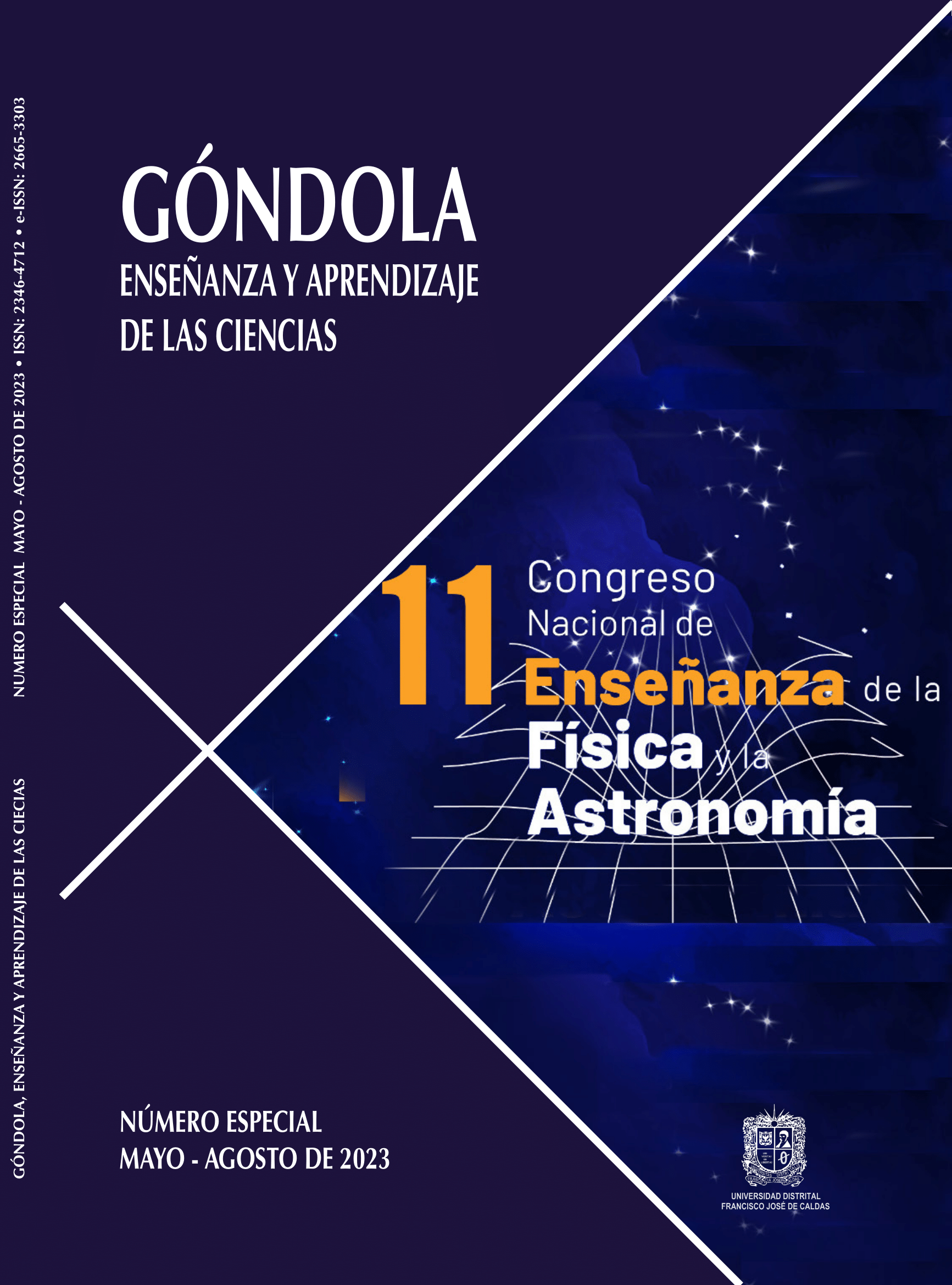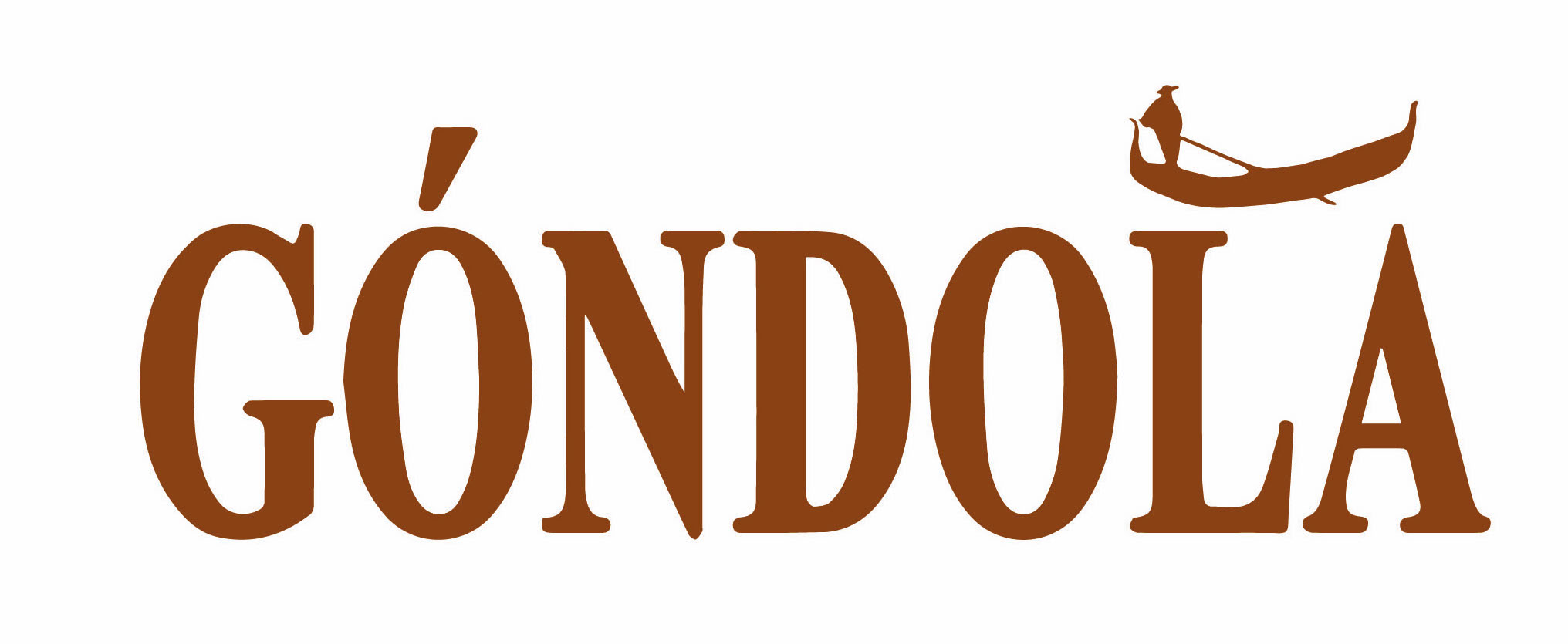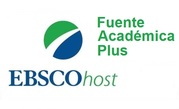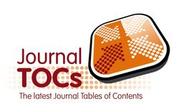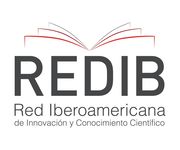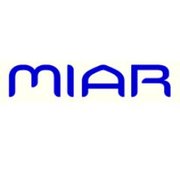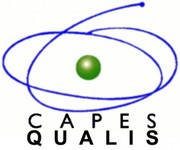DOI:
https://doi.org/10.14483/23464712.21353Published:
2023-10-09Registros Semióticos para el Aprendizaje de Trabajo y Energía en Estudiantes de la Escuela Media
Semiotics Registers for the Learning of Work and Energy in Middle School Students
Registros de Semiótica para Aprendizagem do Trabalho e Energia em Estudantes do Ensino Médio
Keywords:
Learning, Comprehension, Mechanical Energy, Semiotic registers (en).Keywords:
Aprendizaje, Comprensión, Energía mecánica, Registros semióticos (es).Keywords:
Aprendendo, Compreensão, energia mecânica, registros semióticos (pt).Downloads
Abstract (es)
Este documento hace parte de los resultados parciales de un proyecto de investigación sobre las interacciones entre el uso consciente de los registros semióticos desde la perspectiva de Duval en el aprendizaje de la física y la comprensión de los fenómenos. Inicialmente, se muestra la problemática que se nutre de algunos componentes del estado del arte y las perspectivas filosóficas que sustentan la propuesta desde lo dimensional, multidimensional y la idea de contexto. Después, se profundiza sobre la teoría de los registros de representación semiótica (TRRS), luego sobre el razonamiento que justifican las descripciones y explicaciones de los estudiantes mediante los registros verbales, y en seguida, a cerca de los elementos conceptuales sobre la energía mecánica dentro de la idea de sistema. Según los resultados no concluyentes, se observa mayor comprensión en los registros verbales cuando se parte de registros icónicos y menor en registros gráficos, al mismo tiempo, se nota que la correspondencia semántica cuando se usan los registros semióticos gráficos es menor que cuando se usan los simbólicos y algebraicos, sin embargo, también se alcanza un nivel de comprensión multi-estructural. Con relación a las fuentes de información que se suministran para realizar la tarea, se evidencia en los estudiantes mejor percepción por los video tutoriales de YouTube que los simuladores PhET, lo cual es un indicio de la necesidad de fomentar los procesos de formación en representaciones previamente a la construcción de conocimiento cuando se usan estas herramientas.
Abstract (en)
This document is part of the partial results of a research project on the interactions between the conscious use of semiotic registers from Duval's perspective in learning physics and understanding phenomena. Initially, the problem is nourished by some components of the state of the art and the philosophical perspectives that support the proposal from the dimensional, and multidimensional, and the idea of context is shown. Then, the theory of semiotic representation registers (TRRS) is deepened, then on the reasoning that justifies the descriptions and explanations of the students through the verbal registers, and then, about the conceptual elements of the mechanical energy within the idea of a system. According to the inconclusive results, greater comprehension is observed in verbal registers when starting from iconic registers and less in graphic registers, at the same time, it is noted that the semantic correspondence when graphic semiotic registers are used is less than when symbolic and algebraic semiotic registers are used. However, a multi-structural level of understanding is also reached. Concerning the sources of information that are provided to perform the task, students have a better perception of YouTube video tutorials than PhET simulators, which is an indication of the need to promote training processes in representations previously to the construction of knowledge at the use of these tools.
Abstract (pt)
Este documento é parte dos resultados parciais de um projeto de pesquisa sobre as interações entre o uso consciente de registros semióticos na perspectiva de Duval no aprendizado da física e na compreensão dos fenômenos. Inicialmente, mostra-se o problema que se nutre de alguns componentes do estado da arte e as perspectivas filosóficas que sustentam a proposta a partir do dimensional, multidimensional e da ideia de contexto. Em seguida, aprofunda-se a teoria dos registros de representação semiótica (TRRS), seguidamente sobre o raciocínio que justifica as descrições e explicações dos alunos através dos registros verbais, e depois, sobre os elementos conceituais sobre a energia mecânica dentro da ideia de sistema. De acordo com os resultados inconclusivos, observa-se uma maior compreensão nos registros verbais a partir de registros icônicos e uma menor nos registros gráficos, ao mesmo tempo, nota-se que a correspondência semântica ao momento de se utilizarem registros semióticos gráficos é menor do que quando se utilizam registros semióticos simbólicos e algébricos, no entanto, um nível de compreensão multiestrutural também é alcançado. Em relação às fontes de informação que são disponibilizadas para a realização da tarefa, os alunos têm uma percepção melhor dos vídeos tutoriais do YouTube do que dos simuladores PhET. Isto é um indicativo da necessidade de promover processos de formação em representações anteriores à construção do conhecimento ao utilizar estas ferramentas.
References
Andréu A, J. (n.d.). Las técnicas de Análisis de Contenido: Una revisión actualizada. Hispania, 43(2), 296. https://doi.org/10.2307/334486
Bardin, L. (1996). Análisis de Contenido/Traducción de Cesar Suarez.
Beuchot P, M. (2013). La Semiótica: Teorias del signo y el lenguaje en la historia (Fondo de Cultura Económica (ed.)). https://doi.org/10.22201/dgpfe.9786070247163e.2013
Biggs, J., & Tang, C. (2007). Teaching For Quality Learning At University. In McGrawHill (Ed.), Society for Research into Higher Education & Open University Press (3rd editio). http://books.google.se/books/about/Teaching_for_Quality_Learning_at_Univers.html?id=XhjRBrDAESkC&pgis=1
Callone, C., & Torres, N. (2013). ¿ Por qué las representaciones semióticas pueden ser obstáculos para la comprensión ? Un estudio en el tema ácido-base. Educación Química, 24(3), 288-297. https://doi.org/10.1016/S0187-893X(13)72478-9
https://doi.org/10.1016/S0187-893X(13)72478-9
Castro-Montaña, J. E., y Gallego-Torres, A. P. (2009). La educación energética. Tecné, Episteme y Didaxis: TED No. Extraordinario, 2009, 323-329. https://doi.org/https://doi.org/10.17227/01203916.238
https://doi.org/10.17227/01203916.238
Creswell, J. (2012). Educational Research : Planning, Conducting, and Evaluating Quantitative and Qualitative Research (Pearson (ed.); Cuarta).
Da Silva Faria, M. (2019). Dificuldade de Aprendizagem em Física à Luz da Teoria da Carga Cognitiva. In Repositório Institucional - Universidade Federal de Uberlândia Faculdade de Educação (FACED) DISSERTAÇÃO - Educação (Vol. 11, Issue 1). https://repositorio.ufu.br/handle/123456789/24626
de Lima, L. G. (2019). The theory of registers of semiotic representation: Contributions to the teaching and learning of physics. Investigacoes Em Ensino de Ciencias, 24(3), 196-221. https://doi.org/10.22600/1518-8795.ienci2019v24n3p196
https://doi.org/10.22600/1518-8795.ienci2019v24n3p196
Driver, R. (1989). Students' conceptions and the learning of science. International Journal of Science Education, 11(5), 481-490. https://doi.org/10.1080/0950069890110501
https://doi.org/10.1080/0950069890110501
Duval, R. (2017). Understanding the mathematical way of thinking - The registers of semiotic representations. In Understanding the Mathematical Way of Thinking - The Registers of Semiotic Representations. https://doi.org/10.1007/978-3-319-56910-9
https://doi.org/10.1007/978-3-319-56910-9
Duval, R., & Sáenz-Ludlow, A. (2016). Comprensión y Aprendizaje de las Matemáticas: Perspectivas Semióticas Seleccionadas (D. I. en E. DIE (ed.)).
Duval, R., & Sáenz-Ludlow, A. (2016). Un análisis cognitivo de problemas de comprensión en el aprendizaje de las matemáticas. In Comprensión y aprendizaje en matemáticas : perspectivas semióticas seleccionadas (Vol. 1, Issue 2, pp. 61-94). Universidad Distrital Francisco José de Caldas. http://funes.uniandes.edu.co/12213/
Erduran, S., Ozdem, Y., y Park, J. Y. (2015). Research trends on argumentation in science education: a journal content analysis from 1998-2014. International Journal of STEM Education, 2(1), 1-12. https://doi.org/10.1186/s40594-015-0020-1
https://doi.org/10.1186/s40594-015-0020-1
Escriba, S. (2020). 96 Herramientas de Google para cualquier negocio online. https://sergioescriba.com/herramientas-google/
FAO. (2019). El apoyo de la FAO para alcanzar los Objetivos del Desarrollo Sostenible en América del Sur-Panorama. Panorama actual. Organización de Las Naciones Unidas Para La Alimentación y La Agricultura. http://www.fao.org/3/ca3884es/ca3884es.pdf
Jewett, J. W. (2008). Energy and the Confused Student IV: A Global Approach to Energy. The Physics Teacher, 46(4), 210-217. https://doi.org/10.1119/1.2895670
https://doi.org/10.1119/1.2895670
Mosquera L., E., Castiblanco, O., & Londoño, G. (2021). Perspectivas amplias con enfoques semióticos para la didáctica de la física. REIDU/ Vol. 3/No2/ Antofagasta, Chile., 3(2), 189-216. https://doi.org/https://doi.org/10.54802/r.v3.n2.2021.95
https://doi.org/10.54802/r.v3.n2.2021.95
Nardi, R., & Castiblanco, O. (2014). Didática da Física. http://www.culturaacademica.com.br/catalogo-detalhe.asp?ctl_id=476
Park, M., & Liu, X. (2016). Assessing Understanding of the Energy Concept in Different Science Disciplines. Science Education, 100(3), 483-516. https://doi.org/10.1002/sce.21211
https://doi.org/10.1002/sce.21211
Prada, R., Gamboa, A., y Avendaño, W. (2021). Promoción y articulación de registros semióticos de representación en la enseñanza de la física. Revista Boletin REDIPE, 10(12). https://revista.redipe.org/index.php/1/article/view/1619/1532
Ruiz, F., Tamayo, O., y Márquez, C. (2015). La argumetación en Ciencias, un modelo para su enseñanza. Educacao e Pesquisa, 41(3), 629-646. https://doi.org/10.1590/S1517-9702201507129480
https://doi.org/10.1590/S1517-9702201507129480
Runnquist, E., y Nubiola, J. (2019). Signo. Compendio de Lógica, Teoría de La Argumentación y Retórica, Eduardo de Bustos et Al (Eds), UNED, Madrid, 1-7. https://philarchive.org/archive/RUNSI
Sampson, V., & Clark, D. (2008). The Impact of collaboration on the outcomes of scientific argumentation. Science Education, 93(3), 448-484. https://doi.org/10.1002/sce.20306
https://doi.org/10.1002/sce.20306
Sanhueza Haro, S., Bravo Escobar, A., Faúndez Araya, C., y Utreras Cofré, E. (2018). Las TIC como herramientas cognitivas de inclusión en clases de física para estudiantes de enseñanza secundaria. Góndola, Enseñanza y Aprendizaje de Las Ciencias. (Bogotá, Colombia), 13(2), 306-324. https://doi.org/10.14483/23464712.12585
https://doi.org/10.14483/23464712.12585
Schmidt, D. R. (2016). Representación de objetos tridimensionales en papel: Análisis de la capacidad de los académicos del grado en Física de la Universidad Frontera del Sur, a la luz de la perspectiva semiótica y los conceptos de Electromagnetismo. In Universidade Federal da Fronteira Sul (UFFS)-Brasil (Vol. 3). https://rd.uffs.edu.br/handle/prefix/288
Simon, S., Erduran, S., & Osborne, J. (2006). Learning to teach argumentation: Research and development in the science classroom. International Journal of Science Education, 28(2-3), 235-260. https://doi.org/10.1080/09500690500336957
https://doi.org/10.1080/09500690500336957
Solbes, J., Montserrat, R., y Furió, C. (2007). Desinterés del alumnado hacia el aprendizaje de la ciencia. Didáctica de Las Ciencias Experimentales y Sociales, 21, 91-117. https://doi.org/10.7203/dces..2428
Tamayo. (2001). Evolución conceptual desde una Perspectiva Multidimensional. Aplicación al concepto de Respiración. https://www.tdx.cat/handle/10803/4688;jsessionid=6B2DADE46C4007C06D0ECB35C8E3844A
Tamayo. (2006). Representaciones Semióticas y evolución Conceptual en la enseñanza de las ciencias matemáticas. Educación y Pedagogía, XVIII, 37-49. http://funes.uniandes.edu.co/10963/1/Tamayo2006Representaciones.pdf
Tamayo, O. E. (2014). Aprendizaje en profundidad. Revista Latinoamericana de Estudios Educativos, No. 2, Vol. 10, 7-10. Manizales: Universidad de Caldas, 10(2), 7-10.
Zapata, J. (2016). Contexto en la enseñanza de las ciencias: análisis al contexto en la enseñanza de la física. Góndola, Enseñanza y Aprendizaje de Las Ciencias. (Bogotá, Colombia), 11(2), 193. https://doi.org/10.14483/udistrital.jour.gdla.2016.v11n2.a3
How to Cite
APA
ACM
ACS
ABNT
Chicago
Harvard
IEEE
MLA
Turabian
Vancouver
Download Citation
License
Copyright (c) 2023 Autor y Góndola. Enseñanza y Aprendizaje de las Ciencias

This work is licensed under a Creative Commons Attribution-NonCommercial-NoDerivatives 4.0 International License.
Gondola, Ens Aprend Cienc. is an open-access publication, free of charge for authors and readers. The publication, consultation or download of the contents of the magazine does not generate any cost for the authors or the readers, since the Francisco José de Caldas District University assumes the expenses related to edition, management and publication. The peer evaluators do not receive any economic retribution for their valuable contribution. The work of all the actors mentioned above is understood as a contribution to the strengthening and growth of the research community in the field of Science Education.
As of December 1, 2018 the contents of the journal are published under the terms of the Creative Commons License Attribution-Noncommercial- ShareAlike 4.0 International (CC-BY-NC-SA 4.0), under which others may distribute, remix, retouch, and create from the work in a non-commercial way, give credit and license their new creations under the same conditions.
The copyright holders are the authors and the journal Gondola, Ens Aprend Cienc. The holders retain all rights without restrictions, respecting the terms of the license in terms of consultation, downloading and distribution of the material.
When the work or any of its elements is in the public domain according to the applicable law in force, this situation will not be affected by the license.
Likewise, we encourage authors to deposit their contributions in other institutional and thematic repositories, with the certainty that culture and knowledge is a good of all and for all.

